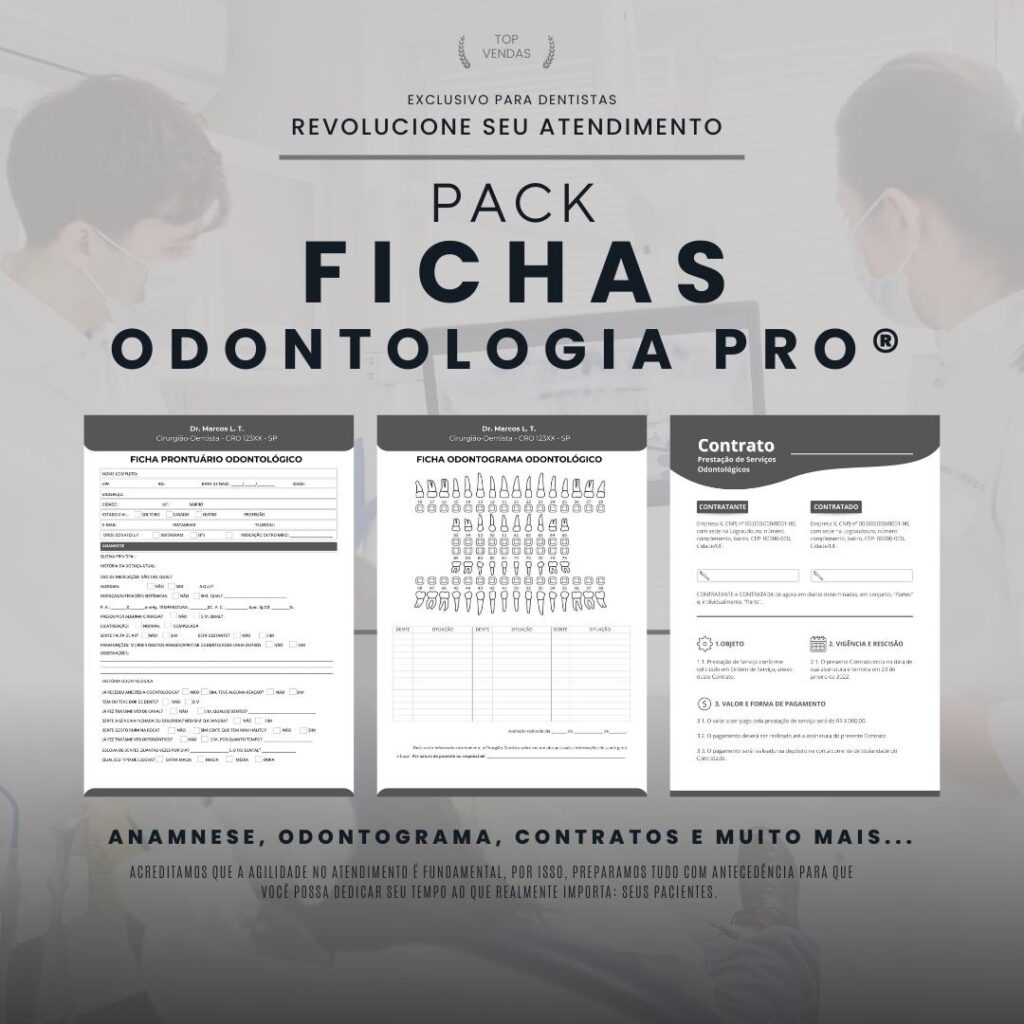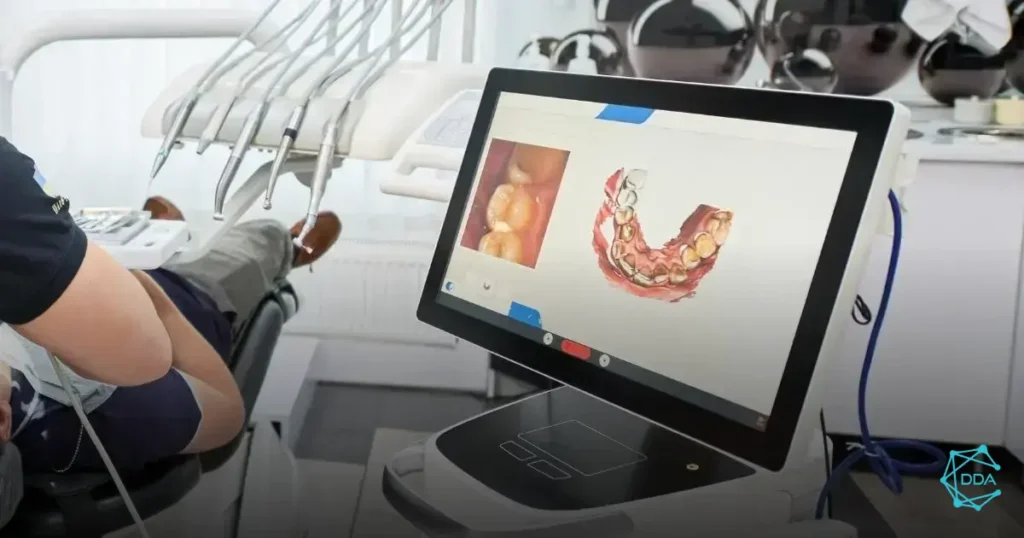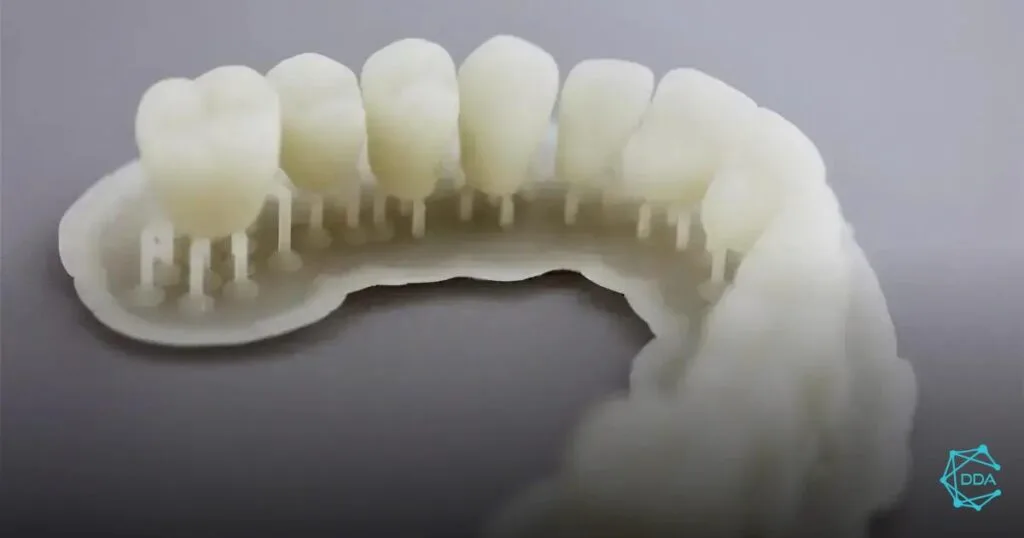O 3D printer training in dentistry It is essential to ensure that professionals use this technology effectively. With the advancement of 3D printers, it is essential that dentists and laboratory teams are well prepared. In this article, we will discuss best practices and tips to maximize the benefits of this innovation in dentistry.
Importance of 3D Printer Training


A importance of 3D printer training in dentistry cannot be underestimated. With the increasing adoption of this technology, it is crucial that professionals in the field are trained to use it effectively.
Proper training ensures that users understand the printer features, from configuration to operation, allowing a accurate printing of dental parts, such as crowns and prostheses.
Furthermore, good training helps to reduce errors and waste of materials, saving time and resources. Well-trained professionals are better able to solve problems that may arise during the printing process, increasing productivity and the quality of work.
Another important aspect is the security. Handling 3D printers requires knowledge of safe practices and the necessary precautions to avoid accidents. Effective training addresses these points, ensuring a safer work environment.
Ultimately, mastering 3D printers can provide a competitive advantage in the market. Professionals who master this technology can offer differentiated and innovative services, attracting more patients and increasing their satisfaction.
Basic 3D Printer Setup


A basic 3D printer setup is a crucial step in ensuring quality impressions in dentistry. Before beginning the printing process, it is essential that users understand how to properly set up the machine.
First, it is necessary to carry out the printer calibration. This involves adjusting the height of the print nozzle relative to the platform to ensure that the first layer of material is deposited correctly. Incorrect calibration can result in failed or poorly adhered prints.
Then the choice of printing material is vital. In dentistry, materials such as resins and specific plastics are often used. It is important to select the appropriate material based on the needs of the project, such as durability and aesthetics.
After choosing the material, you need to configure the printing parameters, which include nozzle temperature, print speed, and layer density. Each material may require different settings, and knowing these specifications is essential to achieving satisfactory results.
Another important step is the software configuration slicing, which transforms the 3D model into instructions for the printer. Adjustments such as model infill, supports, and print orientations must be made carefully to optimize print quality and efficiency.
Finally, printer maintenance should also be considered during the initial setup. Ensuring that all parts are clean and in good condition can prevent problems during the printing process and extend the life of the machine.
Materials Used in Dental Impressions
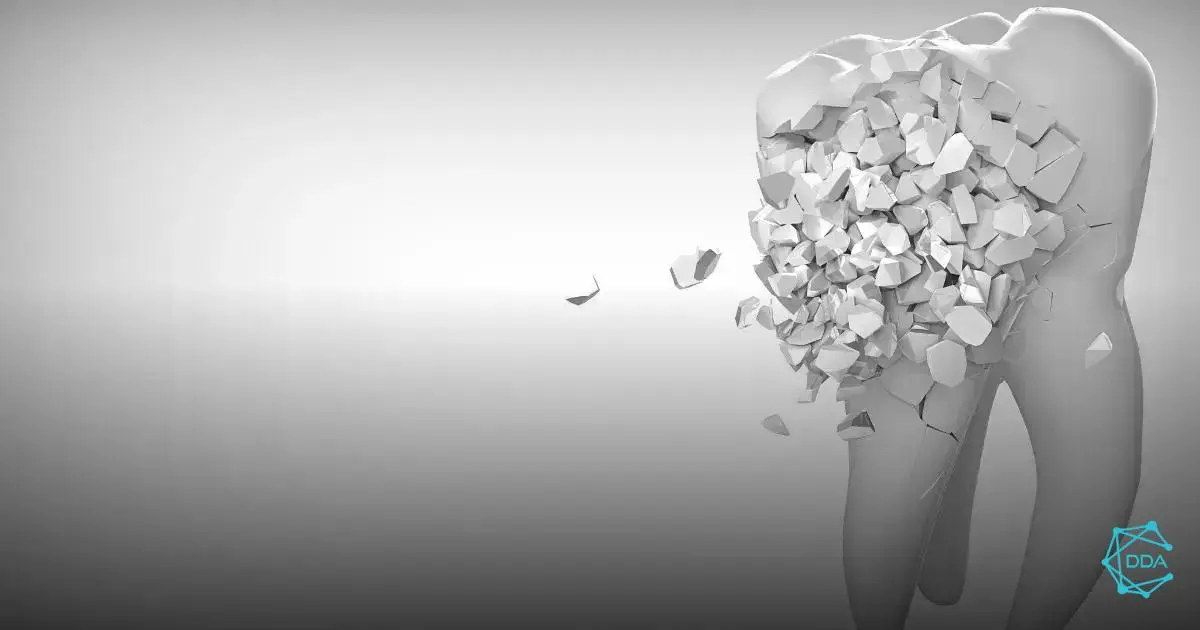

You materials used in dental impressions are essential to guarantee the quality and effectiveness of the parts produced. Choosing the right material can directly impact the durability, aesthetics and functionality of the prints.
One of the most common materials is light-curing resin, which is widely used for the manufacture of crowns, bridges and other prosthetic elements. This resin is cured by light, providing excellent precision and surface finish.
In addition, there are the biocompatible resins, which are specially formulated for use in oral environments. These materials are essential to ensure safety and acceptance by the body, avoiding allergic reactions or rejection.
Another frequently used material is engineering plastic, which offers greater strength and durability. This type of plastic is ideal for the manufacture of surgical guides and other devices that require high precision and mechanical strength.
To the dental ceramics have also been gaining ground in 3D printing. They are used to create aesthetic restorations that imitate the natural appearance of teeth, providing satisfactory results in terms of aesthetics and functionality.
Finally, it is important to consider that each material has specific characteristics that must be taken into account when printing. Compatibility with the printer, the need for post-processing and mechanical properties are factors that influence the choice of the most suitable material for each application in dentistry.
3D Printer Maintenance and Care
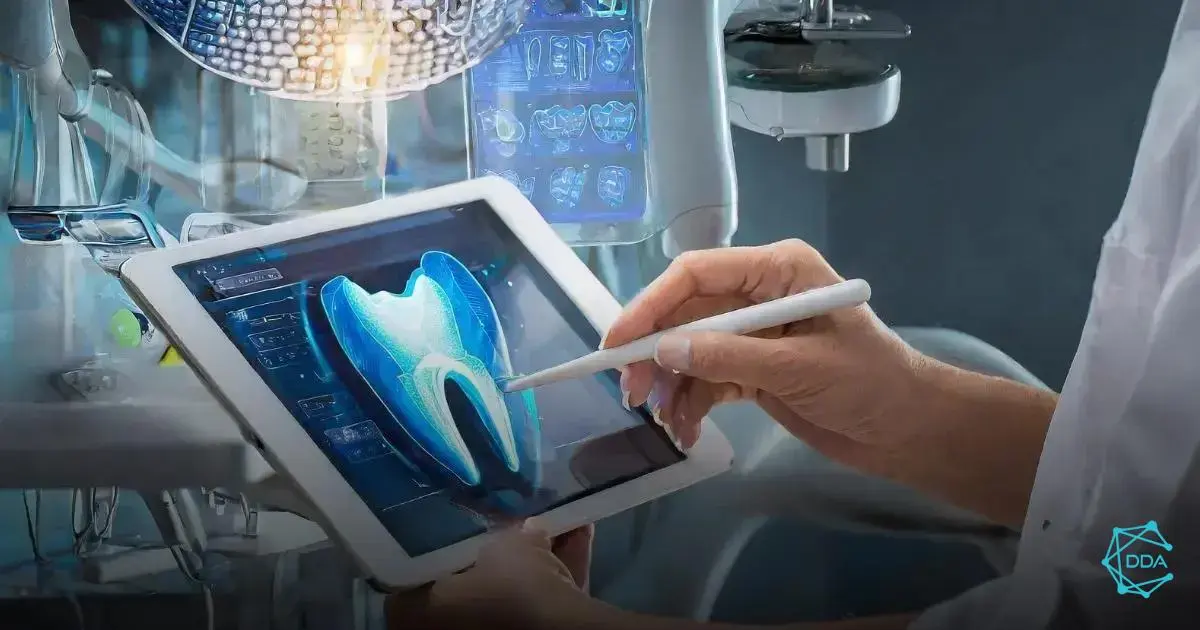

A 3D printer maintenance and care are essential to ensure the longevity and efficiency of the equipment, especially in dentistry, where precision is crucial. Good care prevents failures and improves the quality of impressions.
Firstly, it is essential to carry out the regular cleaning of the printer. This includes removing any residual material from the print bed and nozzle. Accumulated dirt can affect adhesion and print quality, resulting in defective parts.
Furthermore, the periodic calibration of the printer is necessary. Over time, parts can wear out or move, which can compromise the accuracy of your prints. Calibrating the nozzle height and platform leveling should be done whenever you notice changes in the quality of your prints.
Another important aspect is the verification of mechanical components, such as belts and motors. Keeping these parts in good condition is crucial to the smooth operation of your printer. If you notice any wear, it is important to replace the parts immediately to prevent further damage.
O proper storage of materials should also be considered. Resins and filaments should be stored in cool, dry places, away from direct light, to prevent degradation of the materials prior to use.
Finally, it is recommended to follow the manufacturer's guidelines for maintenance. Each printer model has its own specificities, and following the instructions can ensure optimal performance and avoid problems in the future.
Success Stories in Dentistry with 3D Printing
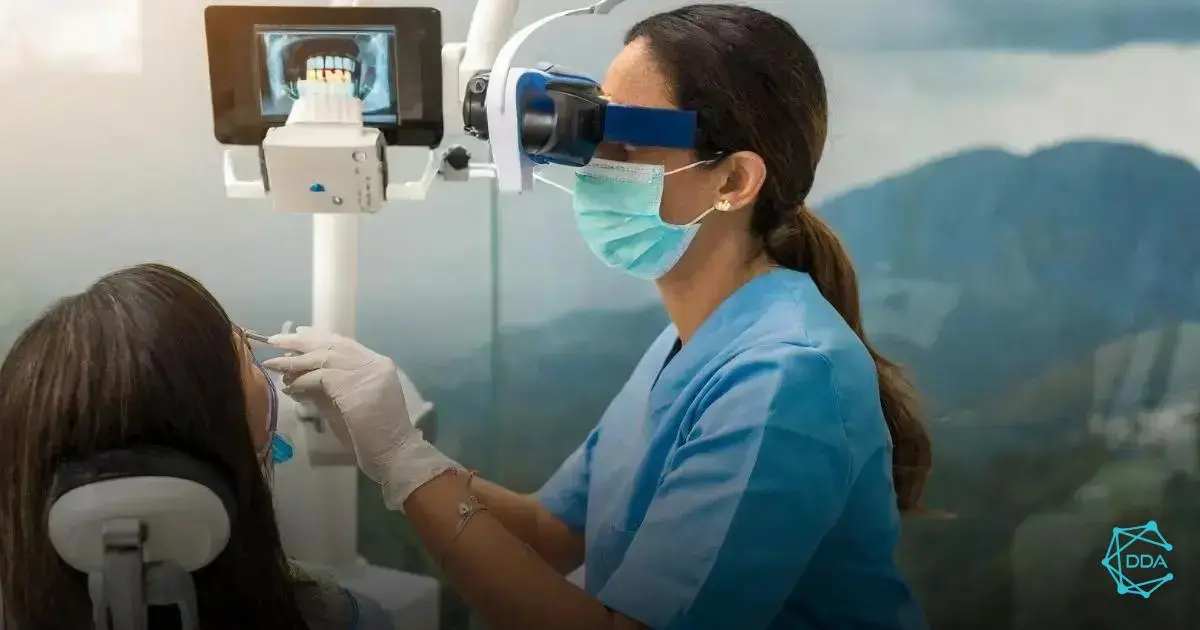

You success stories in dentistry with 3D printing demonstrate the positive impact of this technology on clinical practice, providing innovative and efficient results. Several professionals have adopted 3D printing to improve the quality of treatments and the patient experience.
A notable example is the use of 3D printed surgical guides for dental implant procedures. These guides allow for more precise placement of implants, reducing surgery time and increasing the success rate of procedures.
Another success story involves the creation of custom prosthetics for patients. With 3D printing, it is possible to produce prosthetics that perfectly fit the patient's anatomy, improving comfort and functionality. This has been especially useful for patients with special needs or who have suffered trauma.
Additionally, 3D printing has been employed in the manufacture of anatomical models for surgical planning. Dentists can print three-dimensional models of patients' dental arches, allowing for clearer visualization and more efficient planning of interventions.
Labs that have adopted 3D printing have also reported a significant reduction in production time of dental pieces. This not only speeds up care, but also allows professionals to focus on other areas of treatment, increasing overall productivity.
These cases exemplify how 3D printing is revolutionizing dentistry, making treatments more efficient, personalized and of high quality. As technology advances, it is likely that more innovations will emerge, increasingly benefiting professionals and patients.



